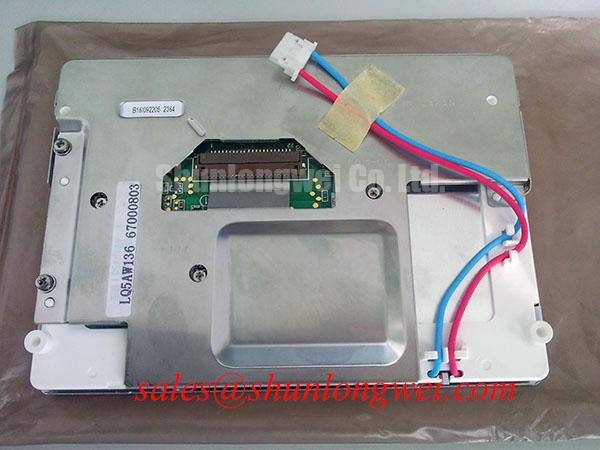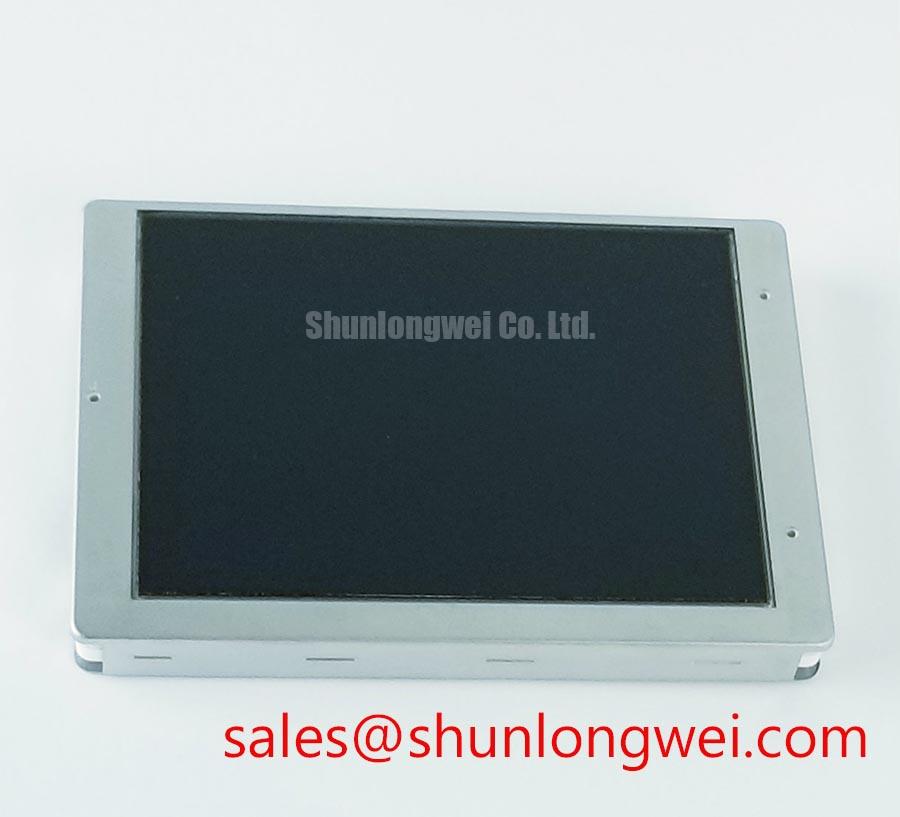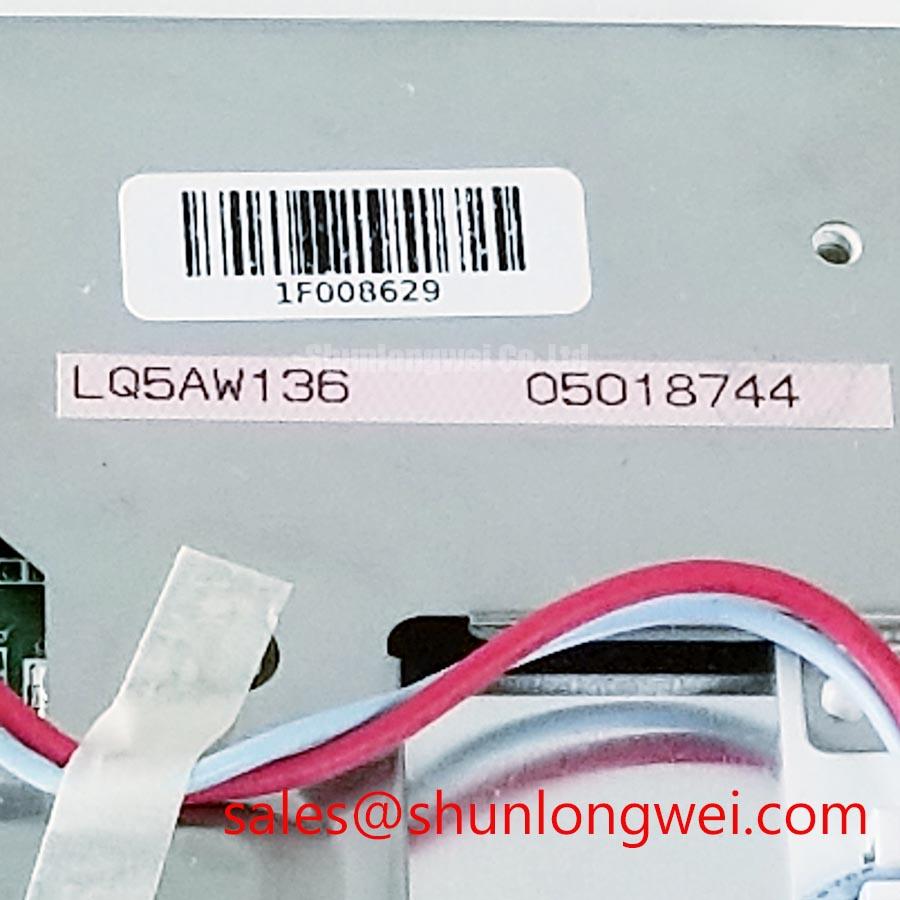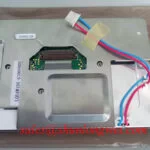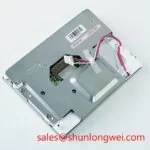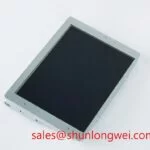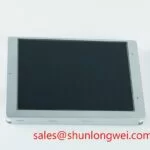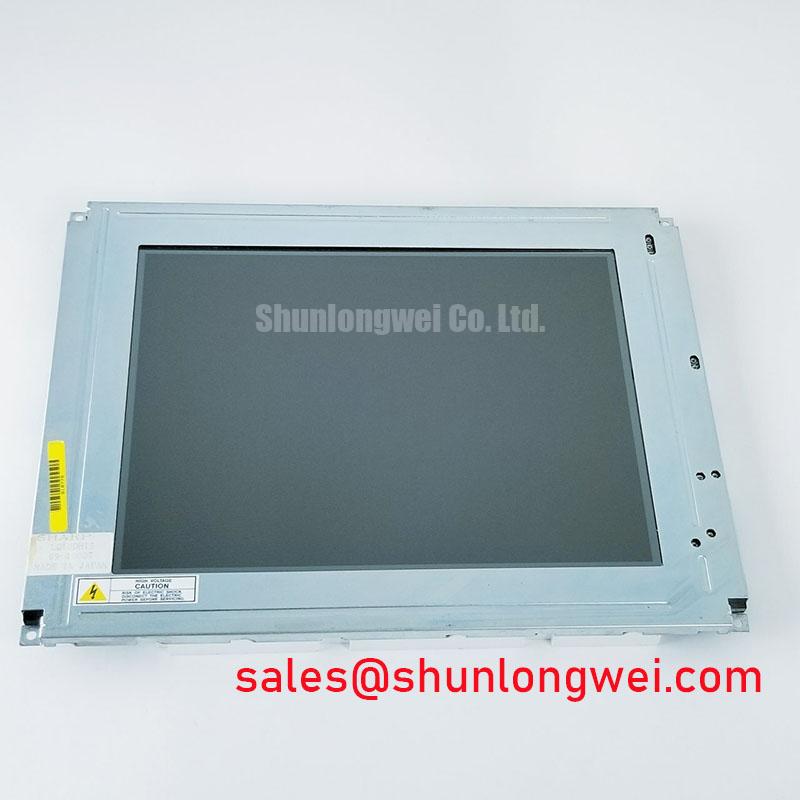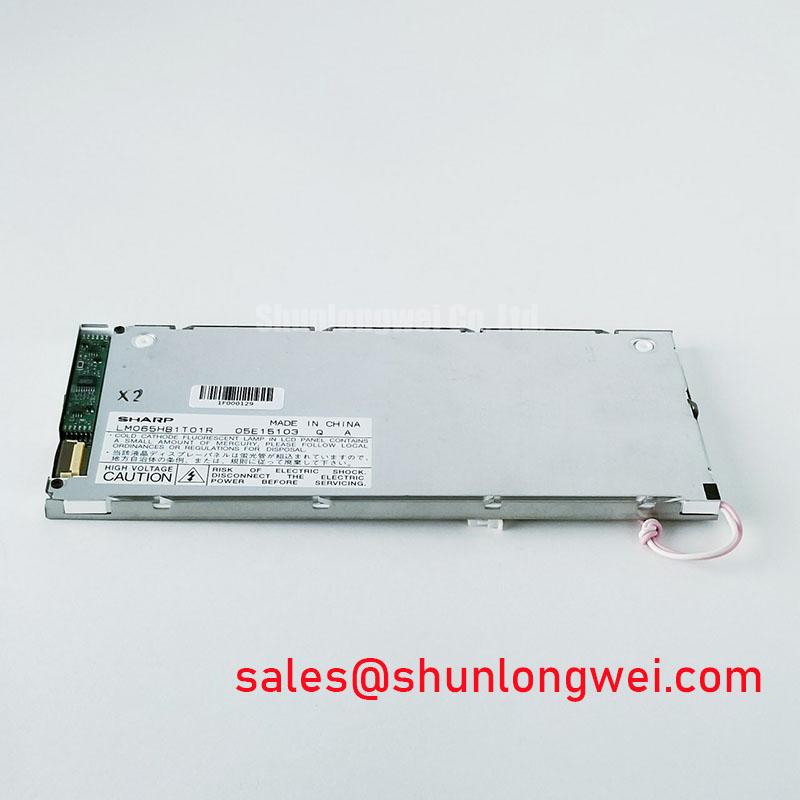Content last revised on November 20, 2025
Sharp LQ5AW136: An In-Depth Look at this 5.0" Analog TFT-LCD
Key Parameter Overview
Decoding the Specs for Legacy System Integration
The Sharp LQ5AW136 is a 5.0-inch a-Si TFT-LCD module engineered for specific industrial and automotive applications. Its architecture is centered on providing a robust display solution for systems utilizing analog video signals. The panel's combination of a wide operating temperature range and direct analog inputs makes it a notable component for equipment maintenance and upgrades where modern digital interfaces are not required.
| Parameter | Specification | Engineering Significance |
|---|---|---|
| Display Size | 5.0 inches (13 cm) | Compact 4:3 aspect ratio suitable for space-constrained HMI and monitoring devices. |
| Resolution | 320 x 234 pixels | Optimized for standard-definition composite or analog RGB video sources. |
| Input Signal System | Analog RGB + Composite Video (NTSC/PAL) | What is the key benefit of the LQ5AW136's analog RGB interface? Simplified integration with legacy video signal sources. This native support eliminates the need for external digital-to-analog converter boards, reducing system complexity and potential points of failure. |
| Brightness | 320 cd/m² (Typ.) | Provides sufficient luminance for indoor and controlled-light industrial environments. |
| Operating Temperature | -30°C to +85°C | Its automotive-grade temperature range ensures operational stability in harsh environments, from cold-start conditions to high-heat vehicle cabins or factory floors. |
| Backlight | Single CCFL | A common lighting technology for its era, requiring a specific inverter for operation. |
| Viewing Angles (L/R/U/D) | 65°/65°/40°/65° (Typ.) | The viewing cone is optimized for a primary operator position, typical for instrument panels or fixed-mount HMIs. |
| Outline Dimensions | 126.8 x 89.6 x 16.5 mm | Provides a defined mechanical footprint for housing and chassis design. |
Download the LQ5AW136 datasheet for detailed specifications and performance curves.
Application Scenarios & Value
System-Level Benefits in Analog Video Systems
For systems requiring a compact 5-inch 4:3 display with direct NTSC/PAL analog input, the Sharp LQ5AW136 offers a proven and straightforward integration path. Its primary value lies in its ability to serve as a direct-fit replacement or a new component in systems where a full digital overhaul is impractical or cost-prohibitive. The display is particularly well-suited for applications such as legacy automotive navigation systems, industrial process monitors, and test and measurement equipment that output standard-definition analog or composite video.
The engineering challenge of interfacing with older analog video signals is significantly simplified by this module. Instead of designing or sourcing a separate controller board to convert digital signals (like LVDS) to something a generic display can use, engineers can directly feed the NTSC, PAL, or analog RGB signal into the LQ5AW136. This is analogous to connecting a classic video game console to an older television—the native inputs ensure compatibility without extra hardware. This direct connection streamlines the bill of materials (BOM), reduces development time, and enhances system reliability by minimizing the number of intermediate components.
While the LQ5AW136 is optimized for these specific analog applications, for systems needing higher resolution or a digital interface, a different panel would be required. For example, a panel like the G070ACE-L01 could be considered for applications demanding a wider format and LVDS connectivity.
Frequently Asked Questions (FAQ)
Technical Clarifications for the LQ5AW136
What is the significance of the wide operating temperature range (-30°C to +85°C)?
This automotive-grade specification is a critical reliability feature. It guarantees that the display will function reliably in unconditioned environments where temperatures can fluctuate dramatically, such as in-vehicle systems, outdoor-adjacent control panels, or non-climate-controlled industrial settings. It ensures both cold-start performance and stability under prolonged high-heat operation.
How does the native NTSC/PAL input benefit system design?
The integrated composite video input allows the display to connect directly to a wide range of standard-definition video sources without an external decoder. This dramatically simplifies the electronic design for applications like backup cameras, security monitors, or diagnostic equipment, directly answering the need for a "5-inch 4:3 NTSC display" with minimal integration overhead.
What kind of driver is needed for the CCFL backlight?
The LQ5AW136 contains a Cold Cathode Fluorescent Lamp (CCFL) as its light source, which requires a separate, dedicated high-voltage inverter to operate. This is a key design consideration, as the inverter must be sourced and integrated into the system's power design, unlike modern LED-backlit displays that often have integrated drivers. For more on backlighting, explore this guide to LED backlight energy efficiency.
Is this display suitable for outdoor, direct-sunlight applications?
With a typical brightness of 320 cd/m² and an anti-glare/anti-reflection surface treatment, the LQ5AW136 is designed for use in environments with controlled or indirect lighting. It is not considered a sunlight-readable display. True sunlight-readable performance requires significantly higher brightness levels (typically 800 cd/m² or more) and advanced optical bonding, which you can learn more about in this engineer's guide to sunlight-readable HMIs.
Strategic Perspective for Long-Term Systems
The Sharp LQ5AW136 represents a crucial category of components for the sustained operation and maintenance of long-lifecycle industrial and automotive equipment. In an era dominated by high-resolution digital interfaces, the availability of displays with native analog inputs is essential for extending the service life of systems where the cost of a complete electronic redesign is prohibitive. The LQ5AW136's robust, automotive-grade temperature range and direct compatibility with NTSC/PAL signals provide a reliable and efficient path for maintaining the operational integrity of installed equipment, ensuring that critical visual information continues to be delivered effectively without forcing a costly and complex system overhaul. This makes it a strategic choice for maintenance, repair, and operations (MRO) as well as for new designs on established platforms. For further reading, see information on Sharp's display solutions and the underlying TFT-LCD technology.

